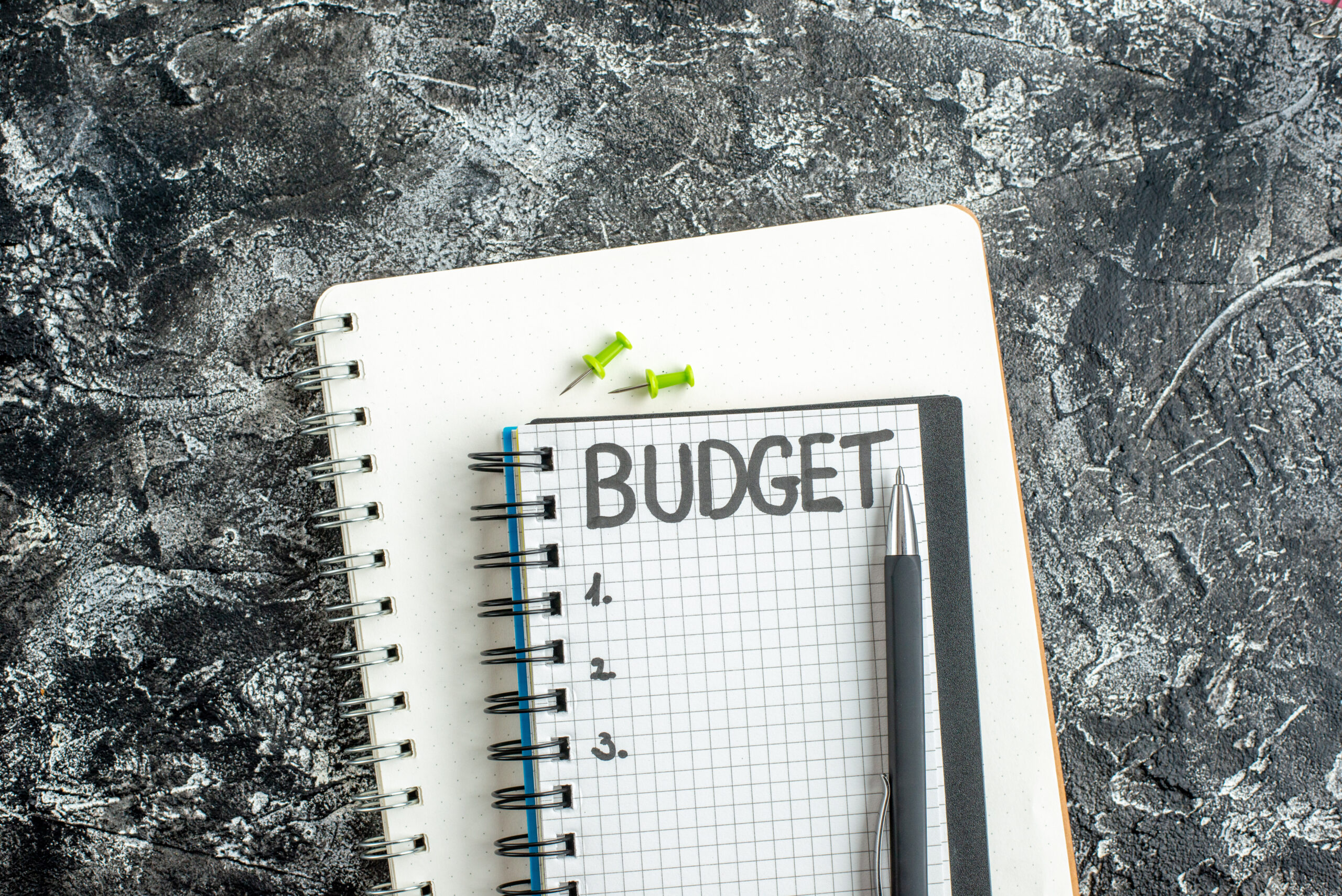Creating a budget is a powerful step toward financial well-being, but the challenge lies in
sticking to it. A well-crafted budget offers clear direction for reaching your financial goals
without feeling overly restrictive. Here’s how you can design a budget that works for you and
that you’re more likely to stick with over the long haul.
- Set Clear Financial Goals
Start by understanding why you want to budget in the first place. Setting clear goals adds
purpose and makes budgeting feel more rewarding. Setting both short-term and long-term goals
can help you remain motivated. For example, you might want to save $1,000 over the next three
months (short-term) or build a retirement fund (long-term). Make these goals realistic and
measurable, so you can track progress over time. - Choose a Budgeting Method That Fits In Your Lifestyle
There are various budgeting methods, and choosing one that aligns with your personality and
financial habits is crucial. Here are a few popular ones:
Zero-Based Budgeting: Every dollar has a purpose. This is ideal for those who want
complete control over their finances.
50/30/20 Budget: This method splits your after-tax income into three categories: 50% for
needs, 30% for wants, and 20% for savings or debt repayment. It’s less rigid and good for
people looking for flexibility.
Envelope System: With this approach, you allocate cash for each category (like
groceries, entertainment, and dining out) in envelopes. This is excellent for managing
variable expenses.
Pick a budgeting method that complements your spending habits and income pattern to make the
process easier and more sustainable. - Track Your Income and Expenses
Before you can create a budget, you need a clear picture of your income and expenses. List all
sources of income, including your salary, freelance earnings, and any other income streams.
Then, track your expenses for at least a month. Include fixed expenses (like rent, loan payments,
or subscriptions) and variable expenses (like groceries, dining out, and entertainment). Tracking
expenses is easier with budgeting apps like Mint, YNAB (You Need a Budget), or even a simple
spreadsheet. - Prioritize Your Spending
Once you have a good understanding of your income and expenses, categorize your spending
into “needs” and “wants.” Needs are essential expenses—housing, utilities, groceries,
transportation, and insurance. Wants are non-essential, like dining out, entertainment, and
shopping. Prioritizing essential expenses first makes it easier to identify areas where you can cut
back if needed. This way, you’ll focus on achieving your goals rather than feeling deprived. - Set Realistic Limits
A budget you’ll actually stick to is one that feels realistic, not restrictive. Setting overly
ambitious spending limits can lead to frustration and a feeling of deprivation, which may make
you abandon your budget. Start by setting realistic spending limits for each category based on
your current habits. Gradually adjust these limits as you become more comfortable and mindful
about your spending.
For instance, if you usually spend $400 a month on dining out, don’t drop it to $100
immediately. Instead, aim to reduce it by 10–20% initially. Making small, gradual changes to
your budget is easier to stick with than trying to overhaul your lifestyle overnight. - Make Room for Fun
A successful budget shouldn’t feel like a punishment. Build in some “fun money” each month—
an amount allocated for discretionary spending on things you enjoy, like coffee dates or a movie
night. This way, you don’t feel deprived, and you’re more likely to stay committed to your
budget. - Automate Your Savings and Bills
Automation is a powerful tool in budgeting. Set up automatic transfers for savings, investments,
or debt payments so that you don’t have to think about it each month. For example, you could set
up a direct transfer to a high-yield savings account for your emergency fund as soon as you
receive your paycheck. Automating bills, such as rent, utilities, and credit card payments, also
helps you avoid late fees and interest. - Regularly Review and Adjust Your Budget
Life circumstances change, and so should your budget. Perhaps you got a raise, or your grocery
costs increased; adjusting your budget helps you stay on track without feeling like you’re falling
behind. Regular reviews make it easier to spot trends and address areas where you may be
overspending. - Use Budgeting Tools and Apps
A budgeting app or tool can simplify tracking expenses and sticking to your budget. Apps like
Mint, YNAB, and EveryDollar offer features like expense tracking, goal-setting, and real-time
notifications. Choose an app that fits your style—whether that’s something highly detailed or a
simple tracker—to keep your budget on autopilot. - Build in Rewards and Celebrate Milestones
Budgeting is hard work, so celebrate your achievements along the way. When you reach a
savings goal, pay off a debt, or stick to your spending plan for a few months, reward yourself
with a small treat within your budget. Positive reinforcement can help keep you motivated to
stick with your budget long-term. - Seek Accountability and Support
Talking to a friend, family member, or financial coach about your budgeting journey can help
you stay accountable and motivated. Sharing your goals and progress adds a layer of
responsibility, making it less likely that you’ll veer off track. Consider joining budgeting
communities or forums where members support each other in meeting their financial goals. - Be Kind to Yourself
Be kind to yourself, especially if you overspend or don’t meet your goals every month. Use any
setbacks as learning experiences, and remind yourself why you started. By approaching
budgeting as a long-term habit rather than a short-term fix, you’ll gradually develop a healthier
relationship with your finances.
Conclusion
Building a budget you’ll stick to requires a realistic approach, patience, and flexibility. By
setting clear goals, choosing a budgeting method that fits your lifestyle, tracking expenses, and
celebrating your progress, you can create a budget that aligns with your goals and is easy to
follow. With the right mindset and tools, you can stay on track and make budgeting an
empowering part of your life.



